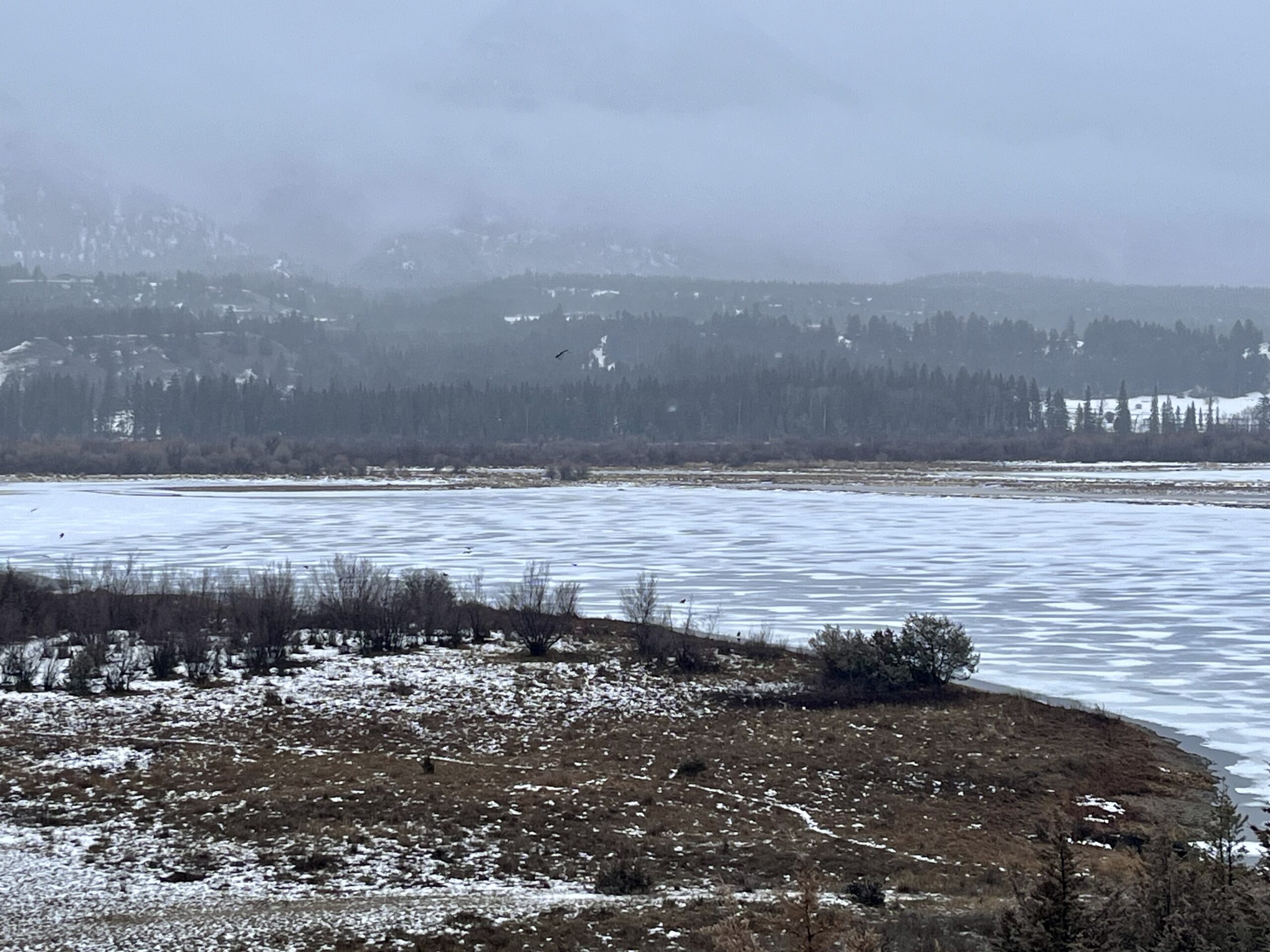Low snowpack expected to further impact water sources as drought conditions continue
The West Kootenay’s snowpack is falling below record-low levels as the warm, dry winter weather continues, prompting a call for a watershed management system.
According to the B.C. River Forecast Centre’s snow survey (Feb. 1), the West Kootenay snowpack remains very low — averaging 33 per cent below normal throughout the region — but the current trends in low snowpack are expected to persist.
The low snowpack could threaten the region’s freshwater supplies, as well as across B.C. where the average snowpack is 39 per cent below normal. Throughout the Columbia Basin, the average snowpack in the Upper Columbia and East Kootenay regions sits at 30 per cent and 37 per cent below normal, respectively.
In response, the B.C. Watershed Security Coalition is calling for the Province to create a watershed management system across B.C. and invest $75 million annually into the province’s Watershed Security Fund to safeguard freshwater.
“A historical investment like this would provide the necessary long-term support for climate adaptation projects already taking place across the province, and accelerate Provincial drought response,” said Living Lakes Canada executive director Kat Hartwig, part of the B.C. Watershed Security Coalition, in a statement.
With current and future snowpack prospects this year remaining slim, the likelihood of another record drought this summer is significant.
“Unless conditions shift in the next few months, communities should be prepared for low stream flows this summer,” said Paige Thurston, Columbia Basin Water Monitoring Framework program manager with Living Lakes Canada, in a statement. “It will be critical that we track water and climate conditions throughout the year and respond accordingly.”
The need for snowpack
Snowpack serves as a natural reservoir, gradually releasing water during the spring snowmelt, recharging rivers, streams, wetlands, lakes and groundwater.
A reduced snowpack level poses a threat to the availability of freshwater critical for agriculture, community water systems and ecosystem health.
Source: Living Lakes Canada

Thurston said a low snowpack leading up to the summer of 2023 spurred a wildfire and drought season of 2023 with consequences including home losses, damaged municipal water supply structures, increased water restrictions, drops in aquifer levels, low flows in rivers and streams, and wetlands and lakes drying out.
Thurston said there has been a coordinated monitoring network across the region to understand the impacts of climate change on water availability.
“Data is already being used to support community climate adaptation planning, assess wildfire impacts on water quality, inform restoration projects and regional model validation, and guide sustainable water usage,” she said.
As a result, a call is being made — through the B.C. Watershed Security Coalition — for action by the B.C. Government in response to severe drought conditions experienced in 2023 and expected this year.
“Unfortunately, the impacts of climate change on water security were forecast by scientists decades ago when we had the opportunity to plan ahead, instead of being immersed in a costly, reactionary cycle, trying to address the current reality of flood, drought, fires, repeat,” said Hartwig. “At this stage, it is essential to rapidly generate collaborative problem-solving approaches both provincially and at the local scale where the impacts occur.”


























Comments